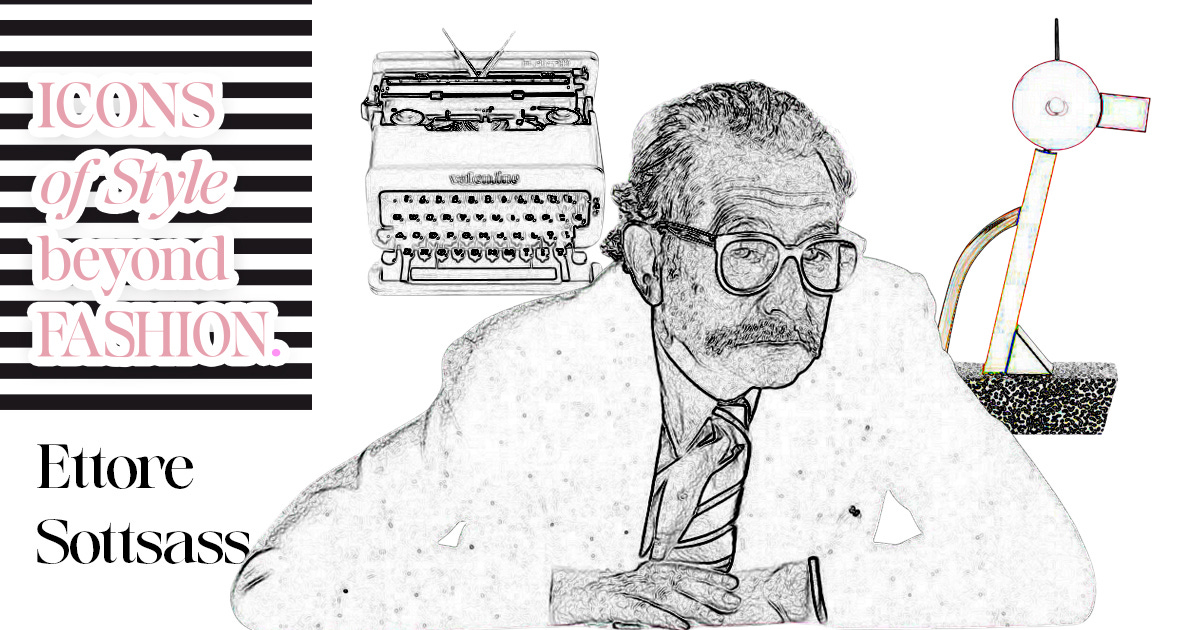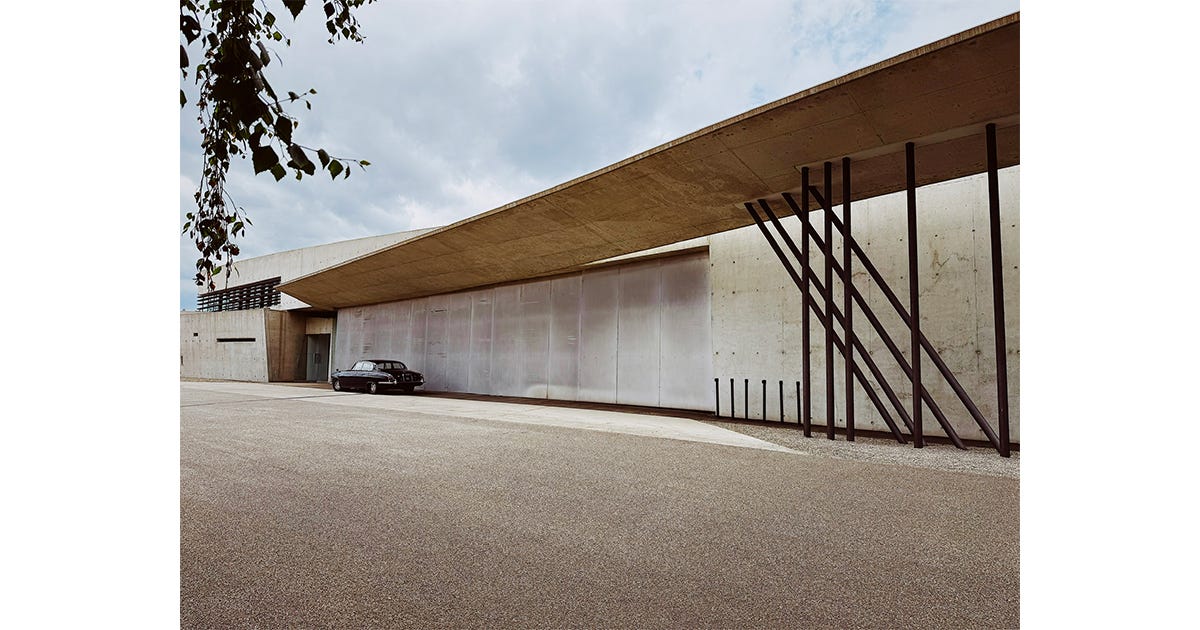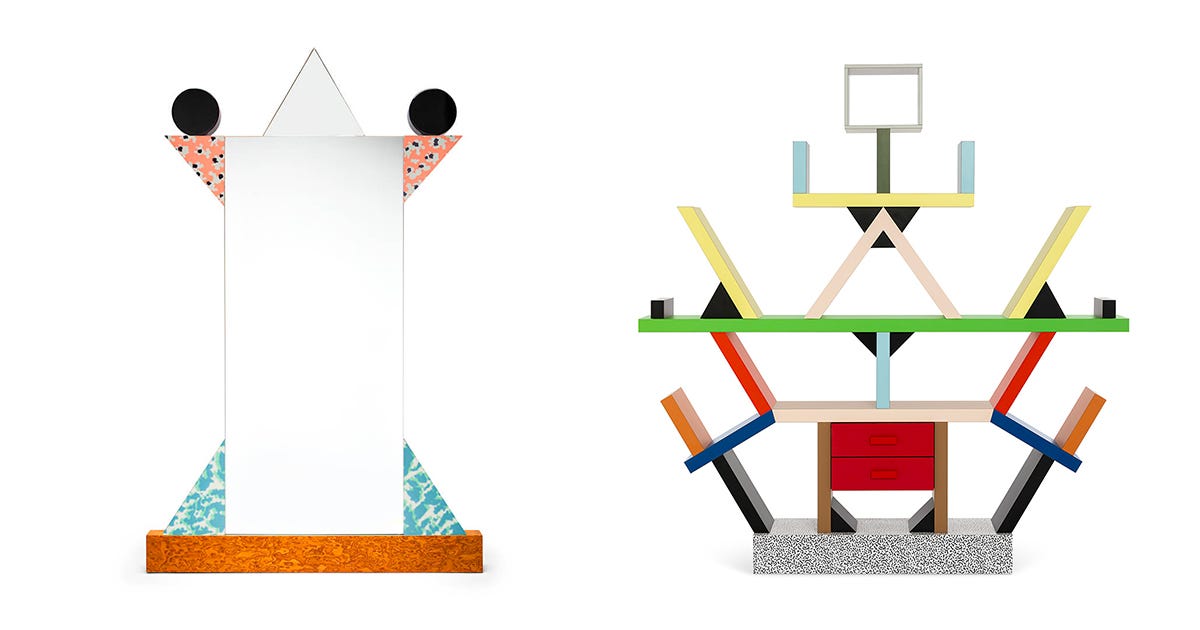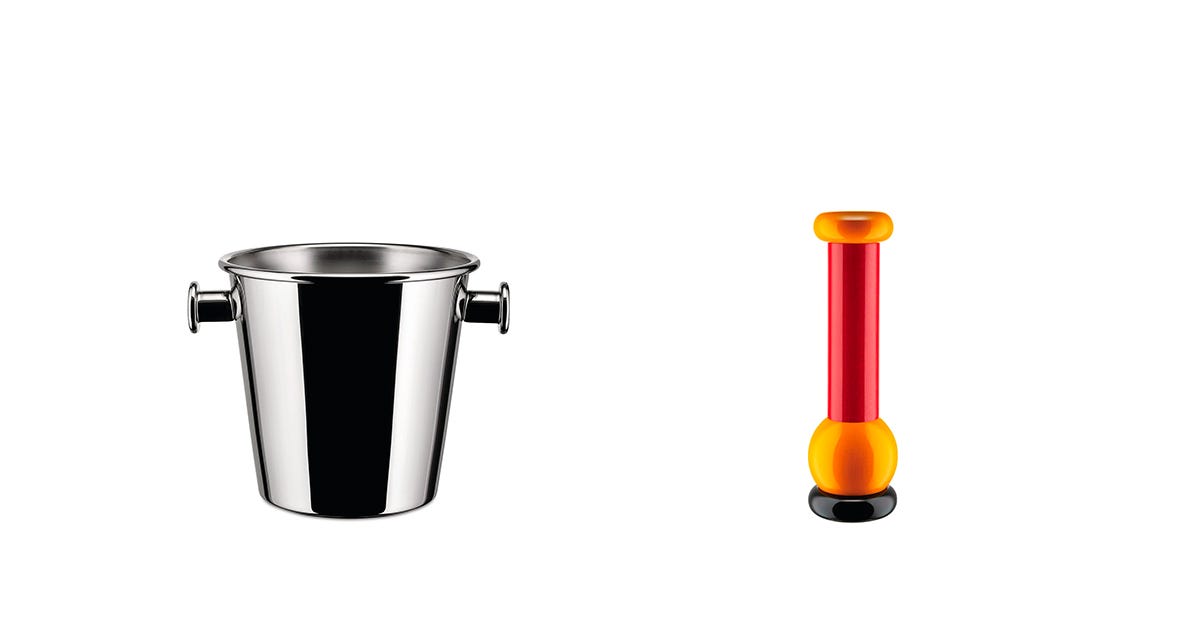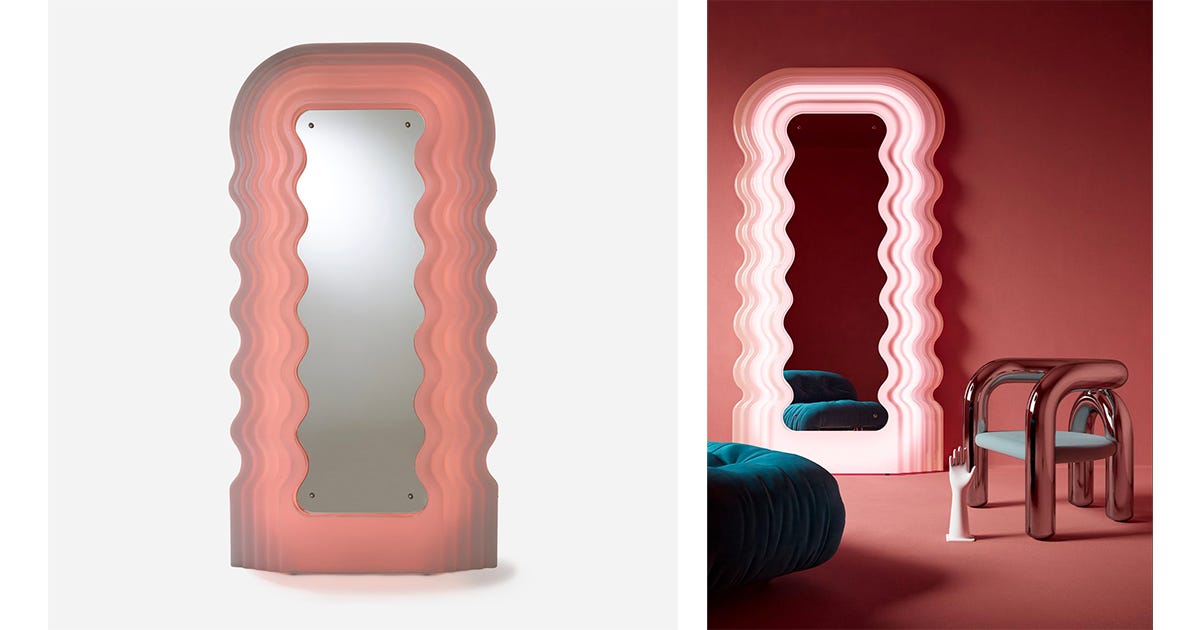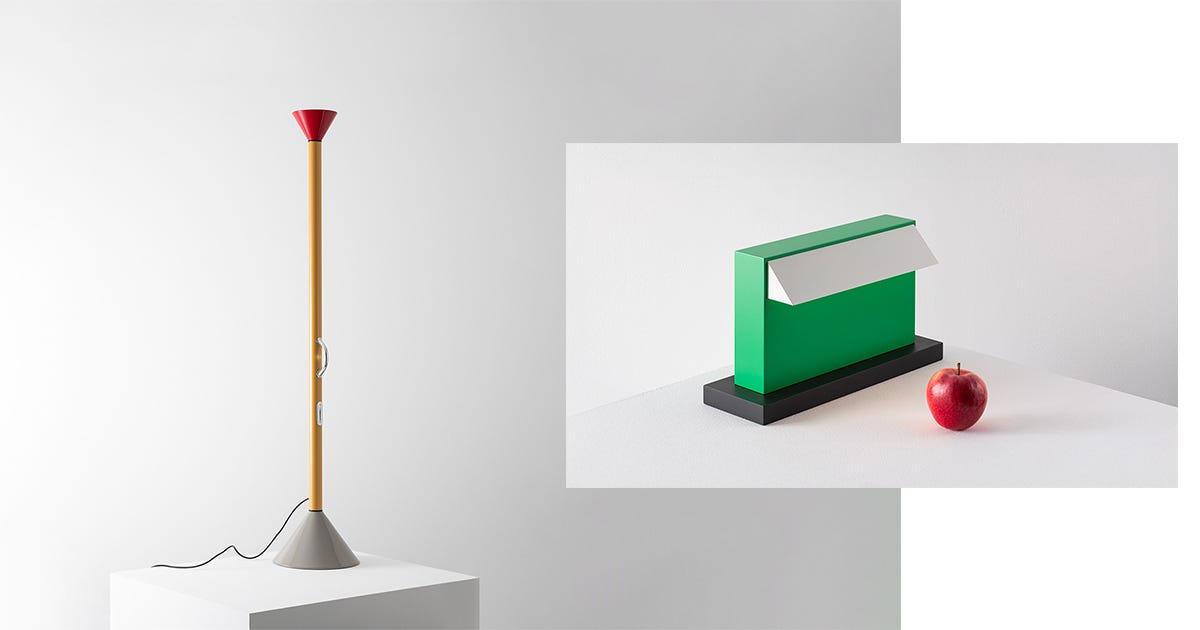Icons of Style Beyond Fashion: Ettore Sottsass
Breaking Rules in Technicolor
I recently returned from a visit to the Vitra Design Museum and Fondation Beyeler and found myself completely energized by the burst of creativity I encountered—from Tadao Ando and Zaha Hadid to Jean Prouvé and Ettore Sottsass. Each of these brilliant minds, many sadly no longer with us, shattered boundaries to fully realize their artistic visions, be it through architecture or design. Today, I’m dedicating this piece to Ettore Sottsass.
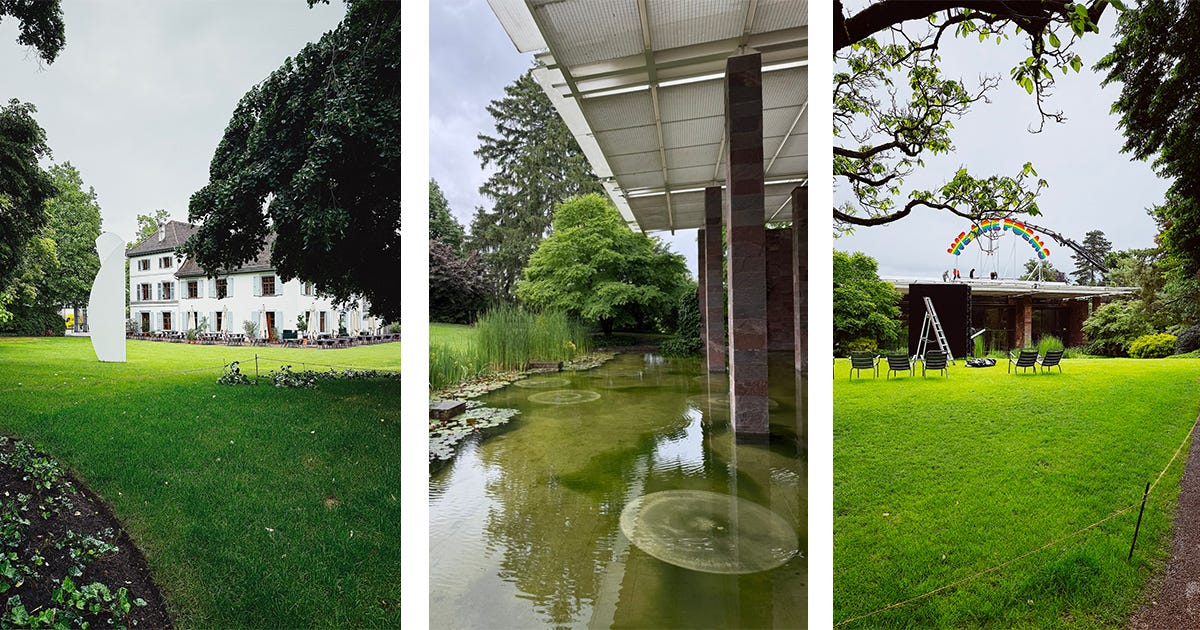
Why Sottsass?
Because his work connects deeply with my own life story, particularly through the iconic Valentine typewriter he designed for Olivetti in 1969. My father began his career at Olivetti, and his passion for architecture and design had a profound influence on me from an early age. My mother’s Italian roots have increasingly resonated with me as I grow older, and Italy, for me, is the true cradle of design. My parents, with their youthful and modest means, surrounded themselves with objects imbued with meaning—from Philippe Starck’s iconic lemon squeezer to an Eames chair, and notably, a champagne bucket designed by Ettore Sottsass. These were not merely functional objects but pieces that brought something more, an aesthetic and thoughtful presence, into daily life.
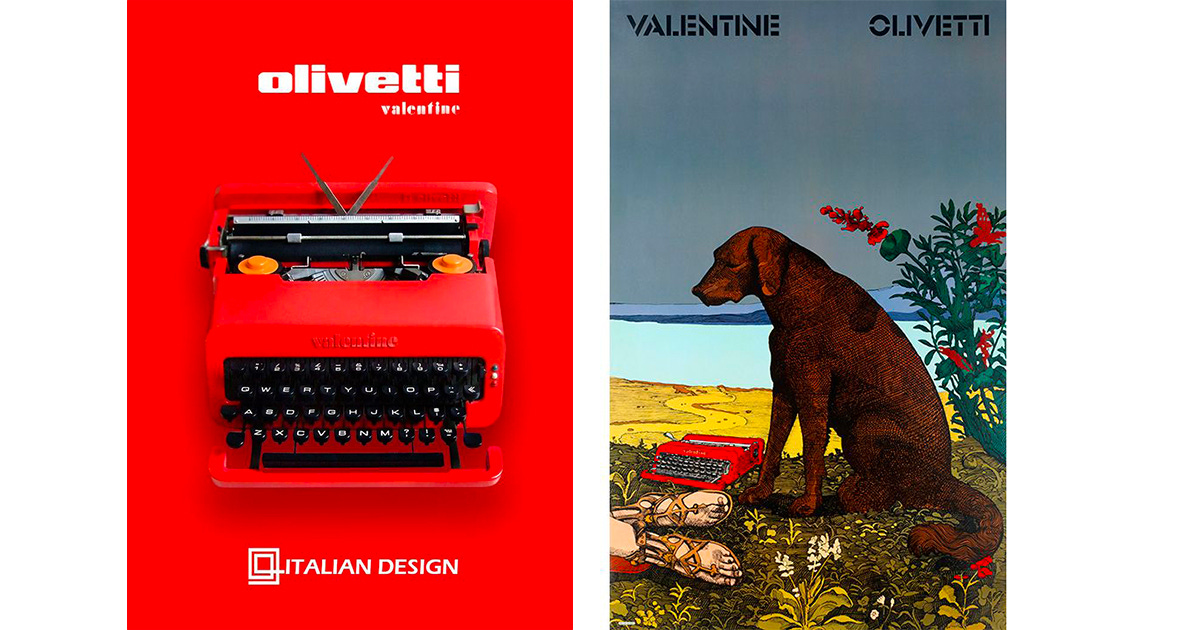
A Polymath of Design
Ettore Sottsass was born in Innsbruck, Austria, in 1917 to an Austrian mother and an Italian father who was himself an architect. Sottsass was a polymath: painter, architect, industrial designer, jewelry designer (pieces often crafted lovingly for his wife), and ceramicist. His multidisciplinary approach deeply resonates with me.
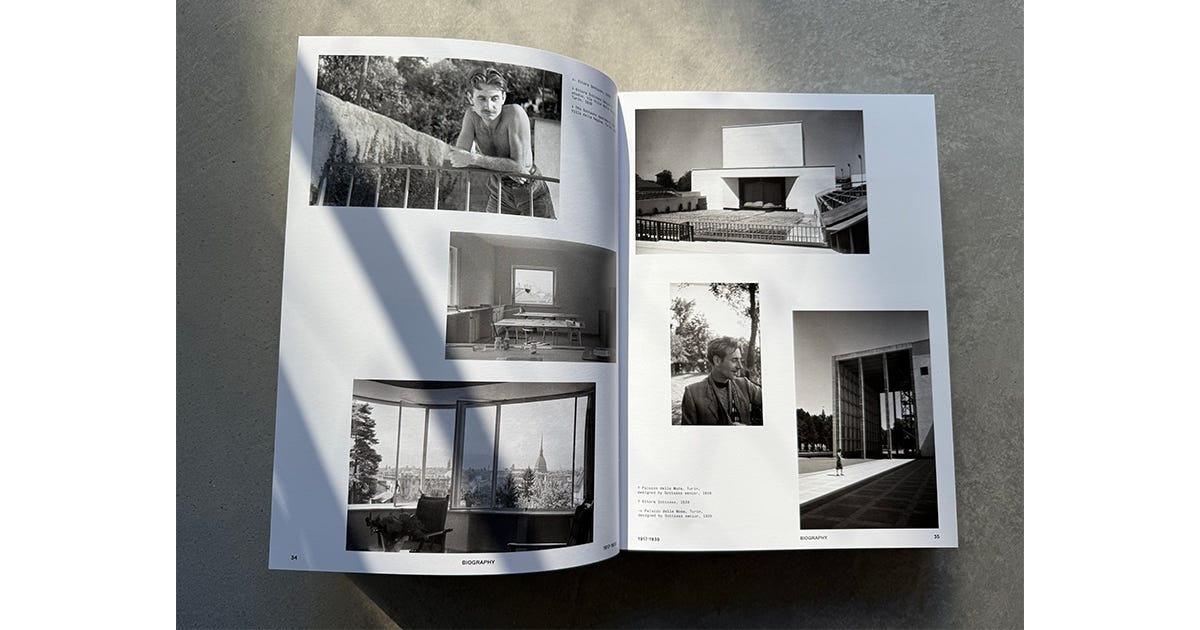
Sottsass’s work, recognizable by its bold originality, demands a certain maturity to fully appreciate. His "Carlton" bookcase, which I glimpsed in a video of Jean-Charles de Castelbajac’s apartment and notably also featured in Karl Lagerfeld’s fully Memphis-styled Monaco apartment, exemplifies his irreverent, unorthodox spirit. The Memphis Group, co-founded by Sottsass in the early 1980s, was an influential design collective known for its vibrant colors, exaggerated geometric shapes, and playful approach that challenged the minimalism and functionalism dominant at the time. With its playful anthropomorphic form, the Carlton bookcase challenged conventional functionalism by also serving as a room divider, revolutionizing domestic logic.
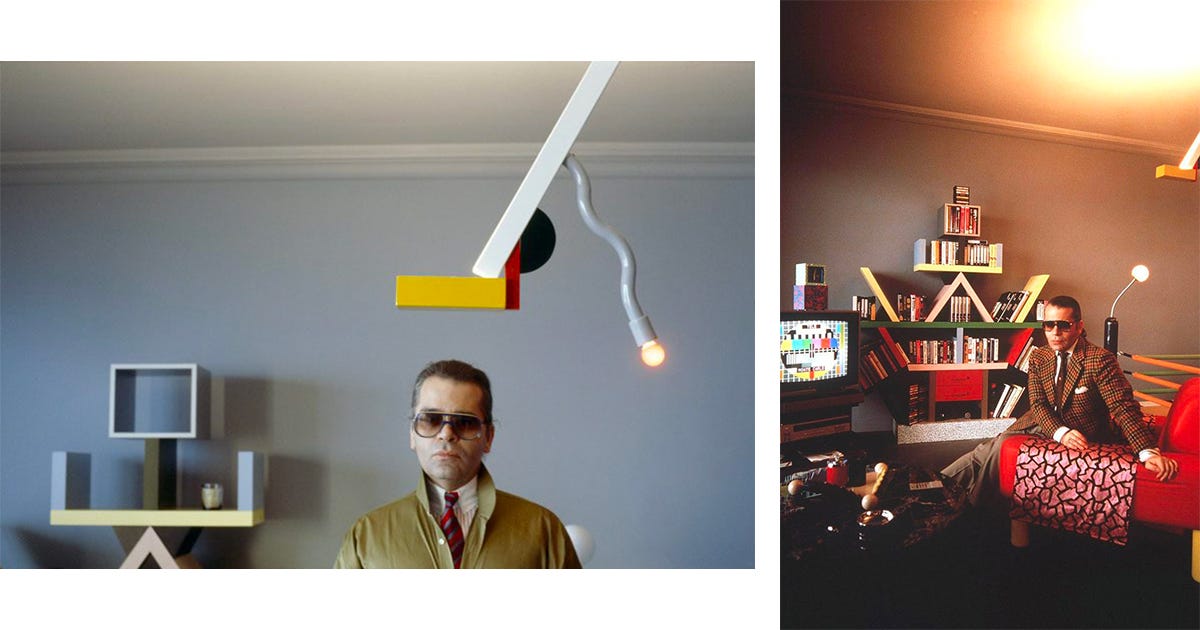
A Designer Without Limits
Sottsass admired artists such as Picasso and was always vocal about the artistic influences that enriched his vision. He was a true pioneer in designer-brand collaborations, partnering notably with Olivetti and Alessi, decades ahead of his time. Sottsass often referred to his creations as "small architectures," blurring the lines between industrial design and architectural philosophy.
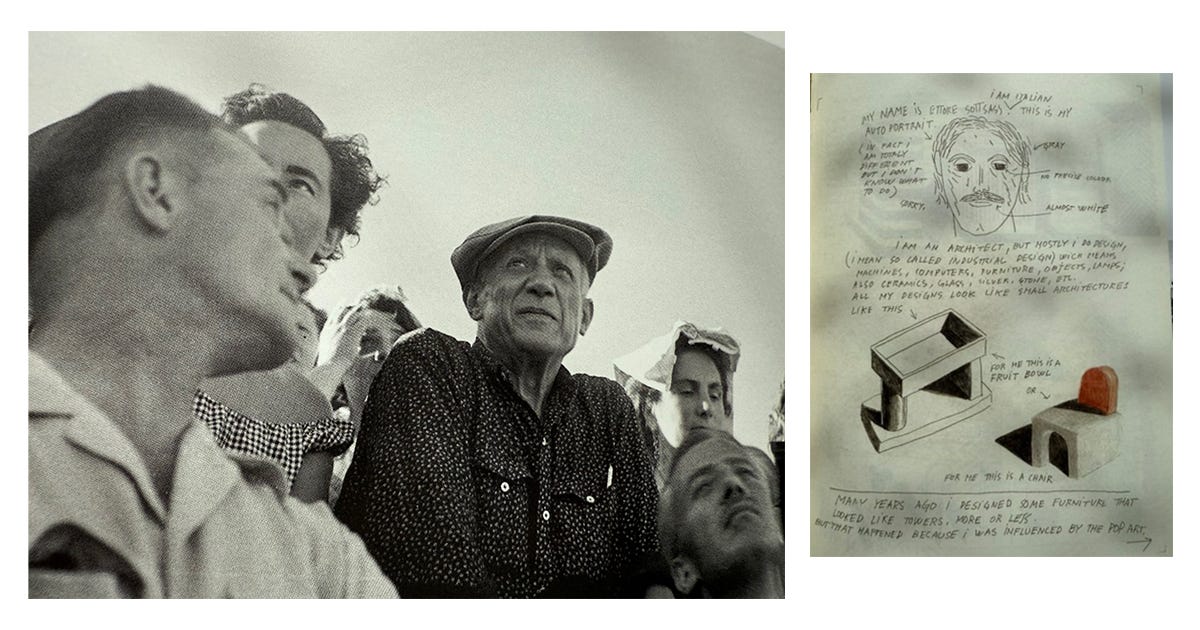
What deeply moves me about Sottsass’s universe is his relentless freedom of exploration. Without self-imposed barriers, he confidently navigated through diverse disciplines, always with conviction and clear intention. His creations, whether they be ceramics or elaborate jewelry, mirrored a profound understanding of materials and aesthetics.
Breaking Rules in Technicolor
What I especially admire about Sottsass is how authentically he broke the rules, reflecting his personality and creative journey. With Memphis Group, he fundamentally challenged the functionalist principles dominating design, employing extravagant forms and bold colors that went entirely against minimalist trends. The Carlton bookcase perfectly embodies this provocative attitude, challenging accepted norms and embracing a playful irreverence.
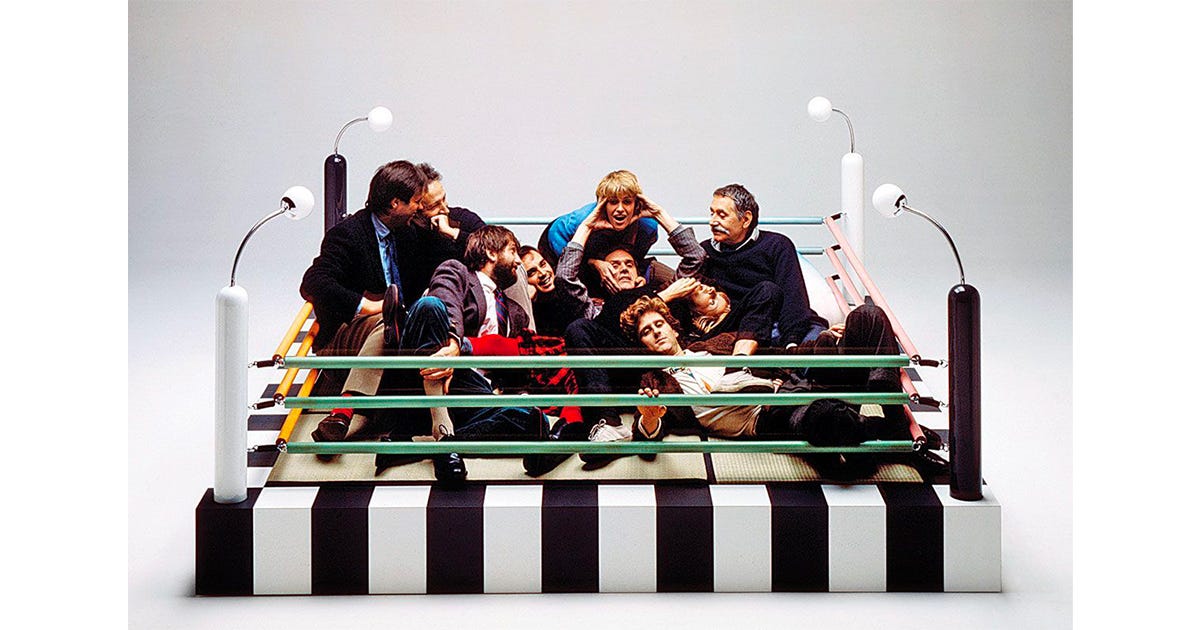
He questioned traditional boundaries between disciplines, blending architecture, ceramics, jewelry, and industrial design into a radical, unconventional practice. Sottsass saw design as a dialogue with life itself, far from the predictable, standardized products typical of the industry. His collaborations with iconic brands like Olivetti and Alessi disrupted the status quo, proving design could be simultaneously functional, expressive, and meaningful.
Sottsass wrote, "Doing design doesn’t mean giving shape to a more or less silly product for a more or less luxurious industry. For me, design is a way of discussing life." This perspective perfectly encapsulates his creative ethos—bold, free, and ever questioning.
My Favorite Pieces
Among my favorite pieces by Sottsass:
The Diva Mirror: Bold colors and shapes, it invites active participation, blending narcissism and art in a whimsical design.
The Carlton bookcase: Iconic and revolutionary, it represents the vibrant spirit of Memphis, pushing the limits of design and functionality.
Alessi Champagne Cooler and Pepper Grinder: Everyday items turned into timeless, sculptural pieces, reflecting Sottsass’s unique blend of practicality and aesthetic daring.
Ultrafragola Mirror: This sinuously shaped mirror-lamp from his "grey furniture" series (1970) embodies humor and sensuality. Sottsass humorously described its glowing fiberglass structure as reminiscent of otherworldly and erotic luminescence.
Callimaco Lamp: A symbol of radical design, with its playful colors and geometric precision that elevate a functional object into an artistic statement.
Hera Lamp: A modern reinterpretation of the traditional desk lamp, characterized by bold colors and a clear geometric structure.
Sparking Meaningful Dialogues
Reflecting on Ettore Sottsass’s life and creations, I am inspired not just by his aesthetic courage but also by his insistence on living and designing authentically. In embracing objects that mean something to us, we echo Sottsass’s core belief—that good design isn’t merely about function or beauty, but about sparking meaningful dialogues with life itself.
Follow me on Instagram @celinescape_



